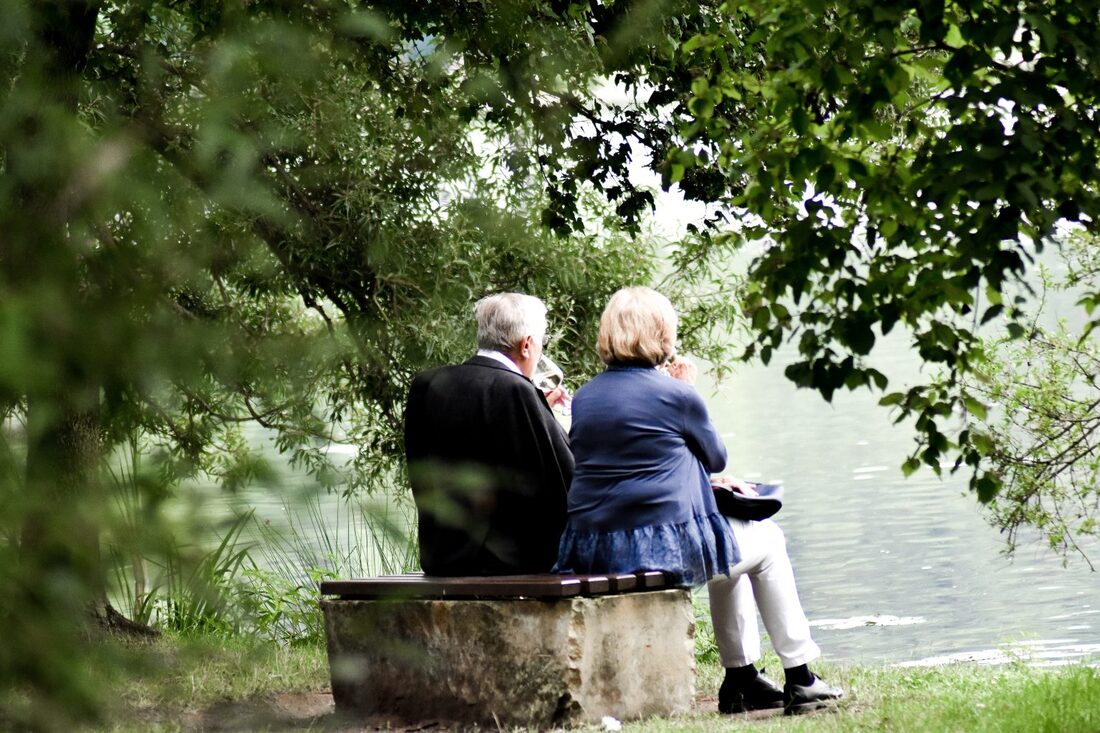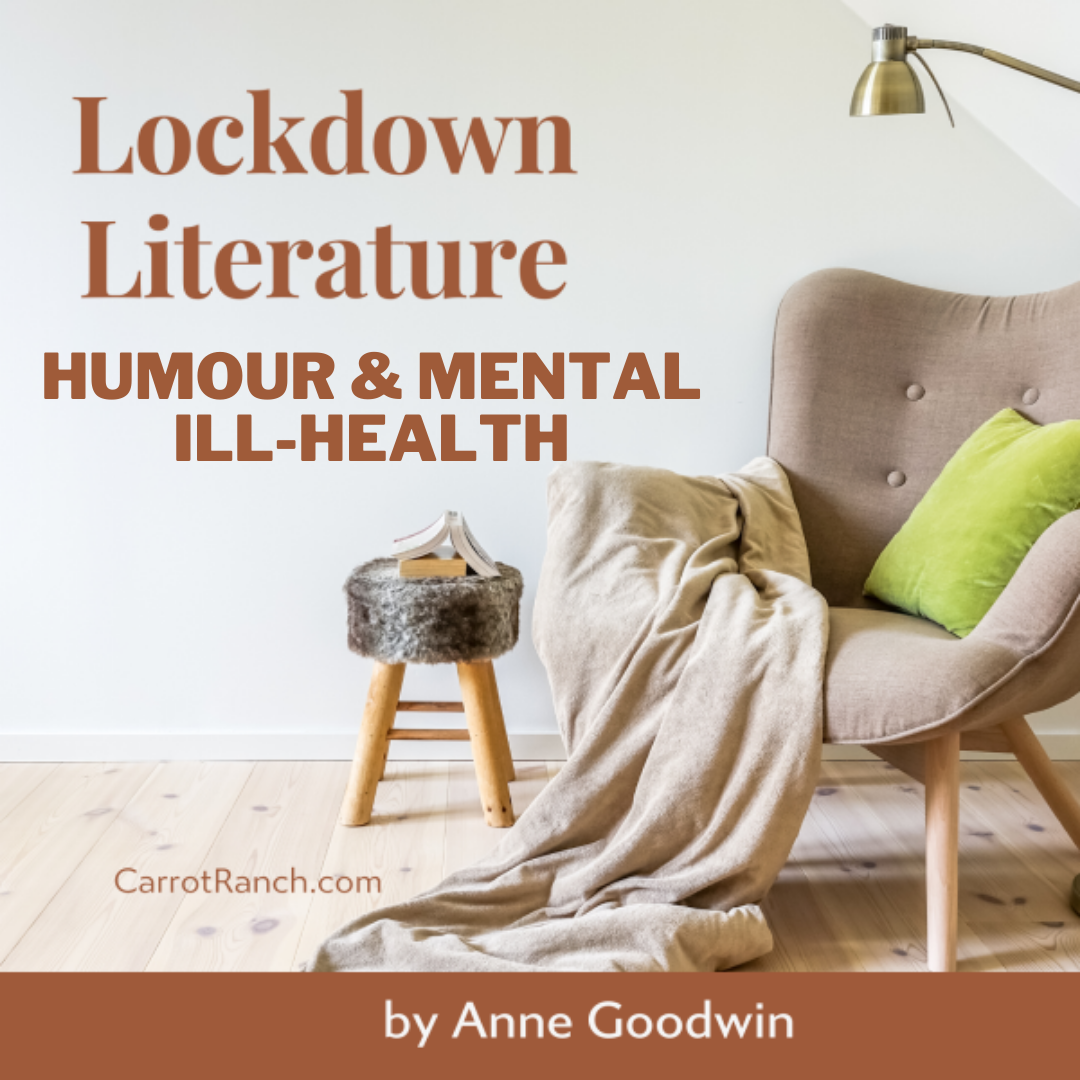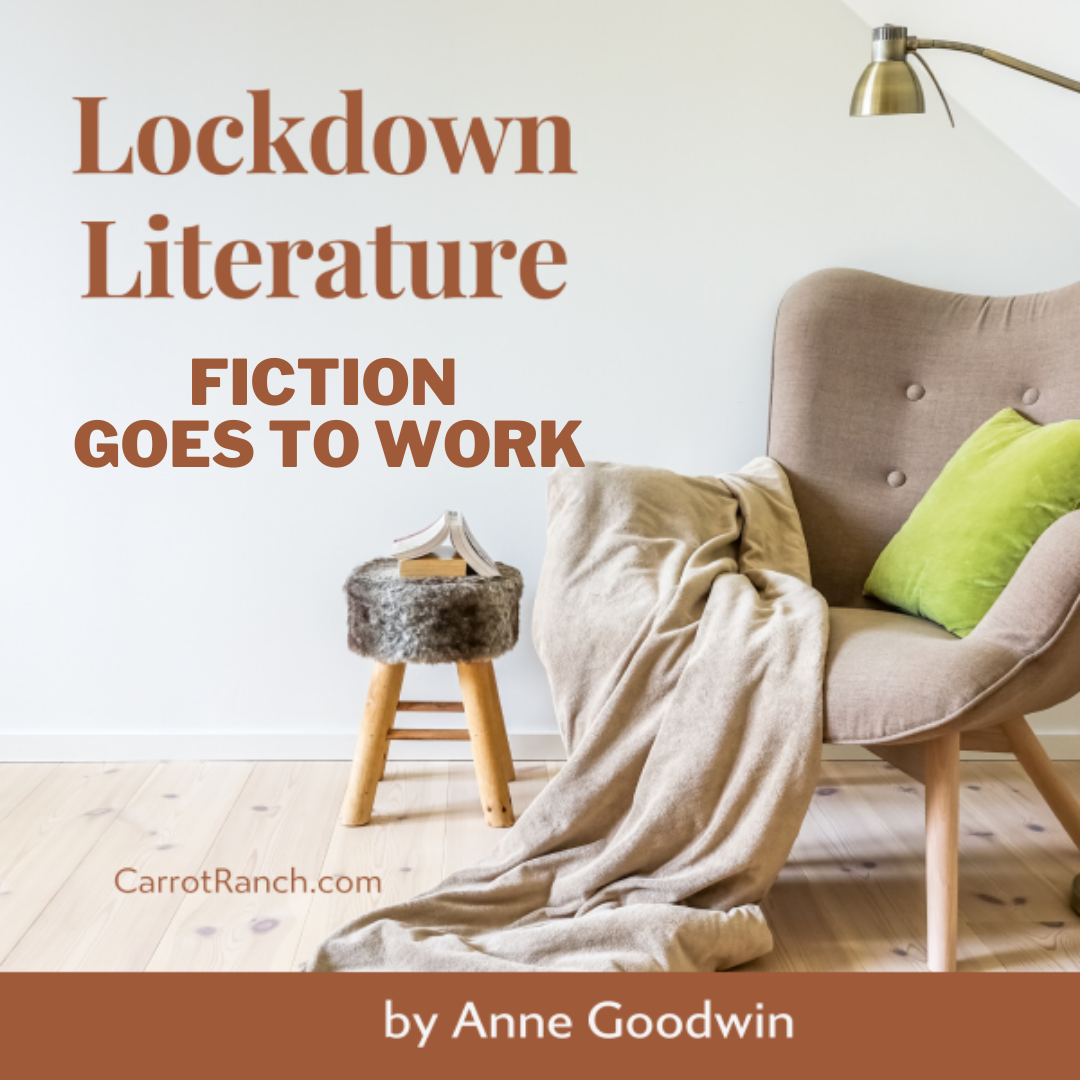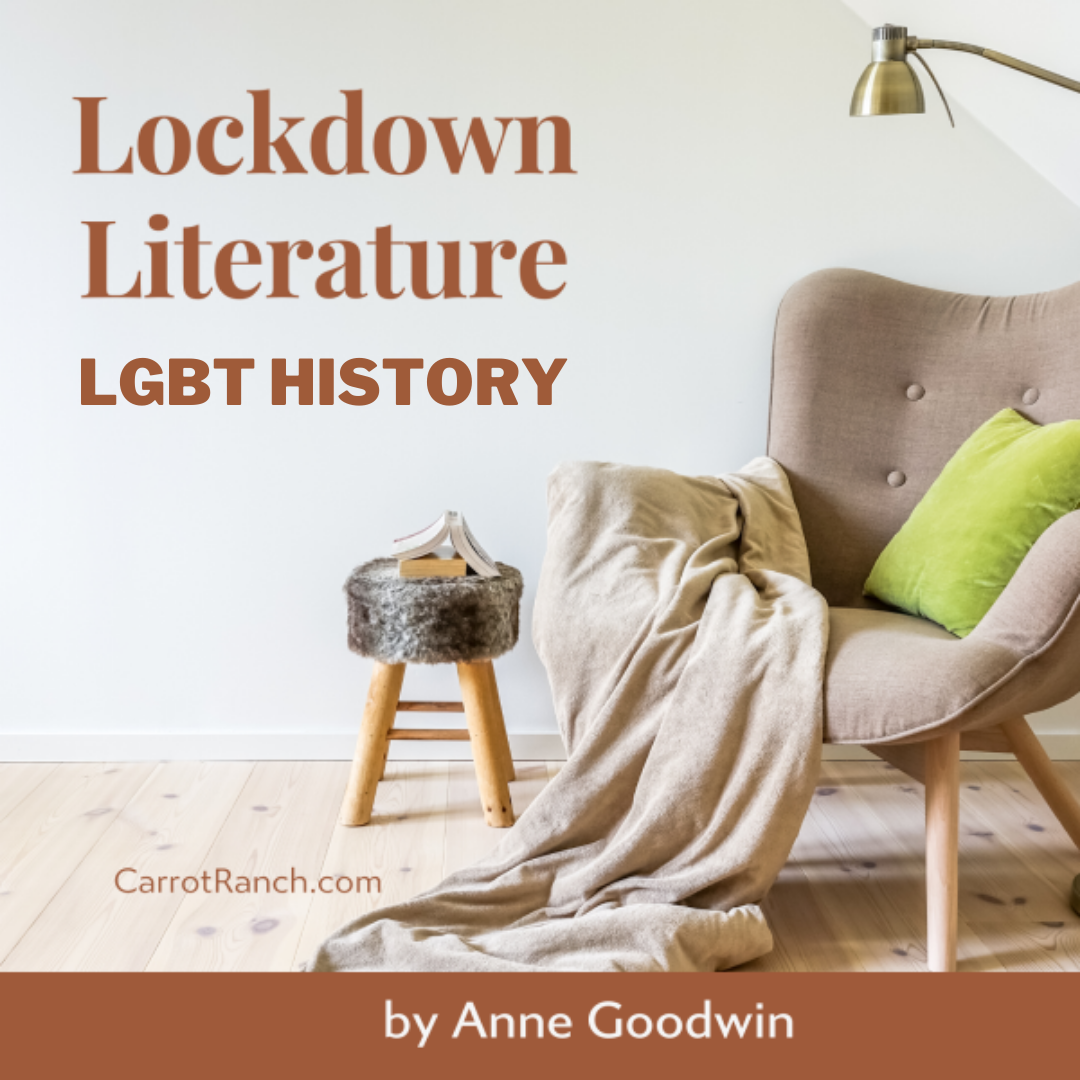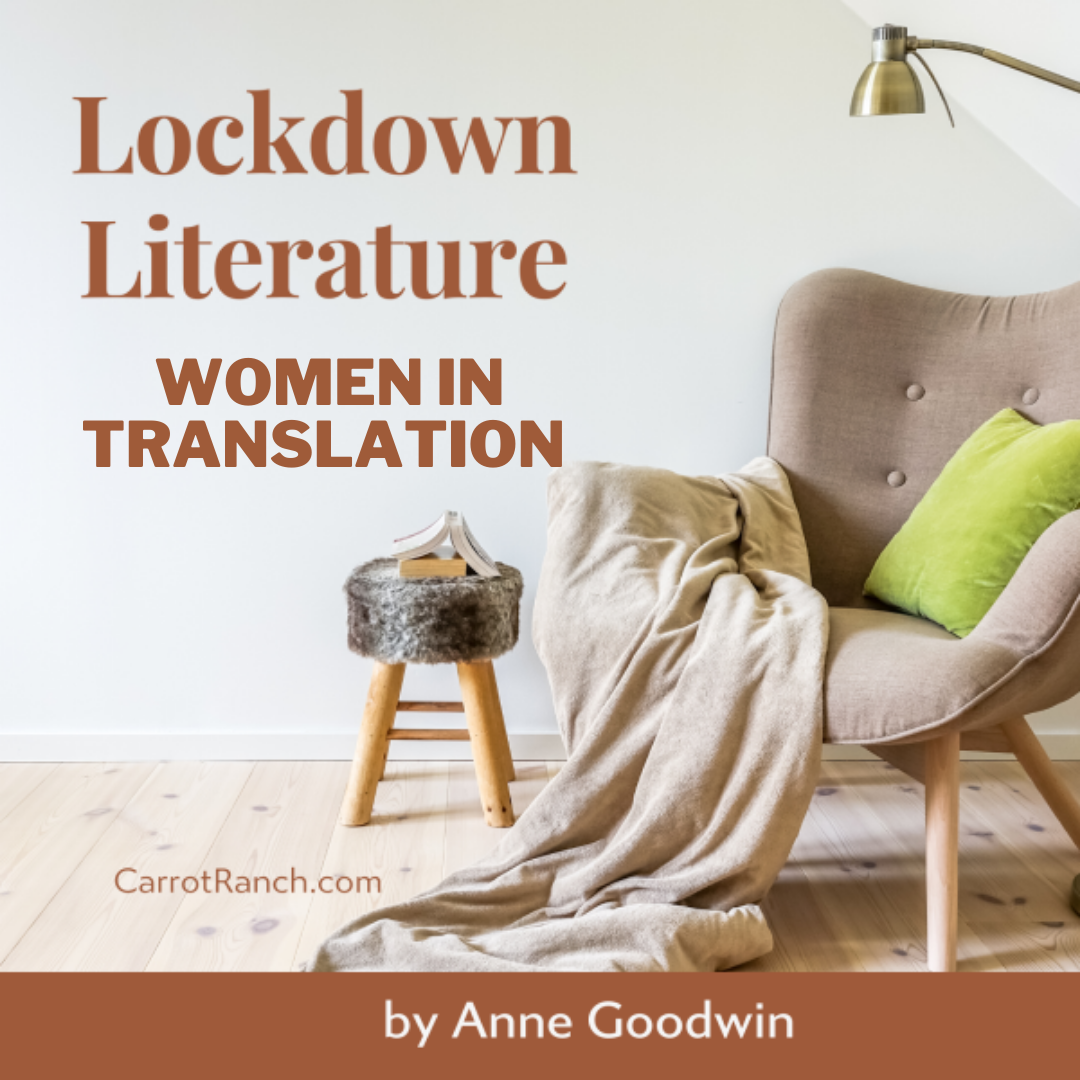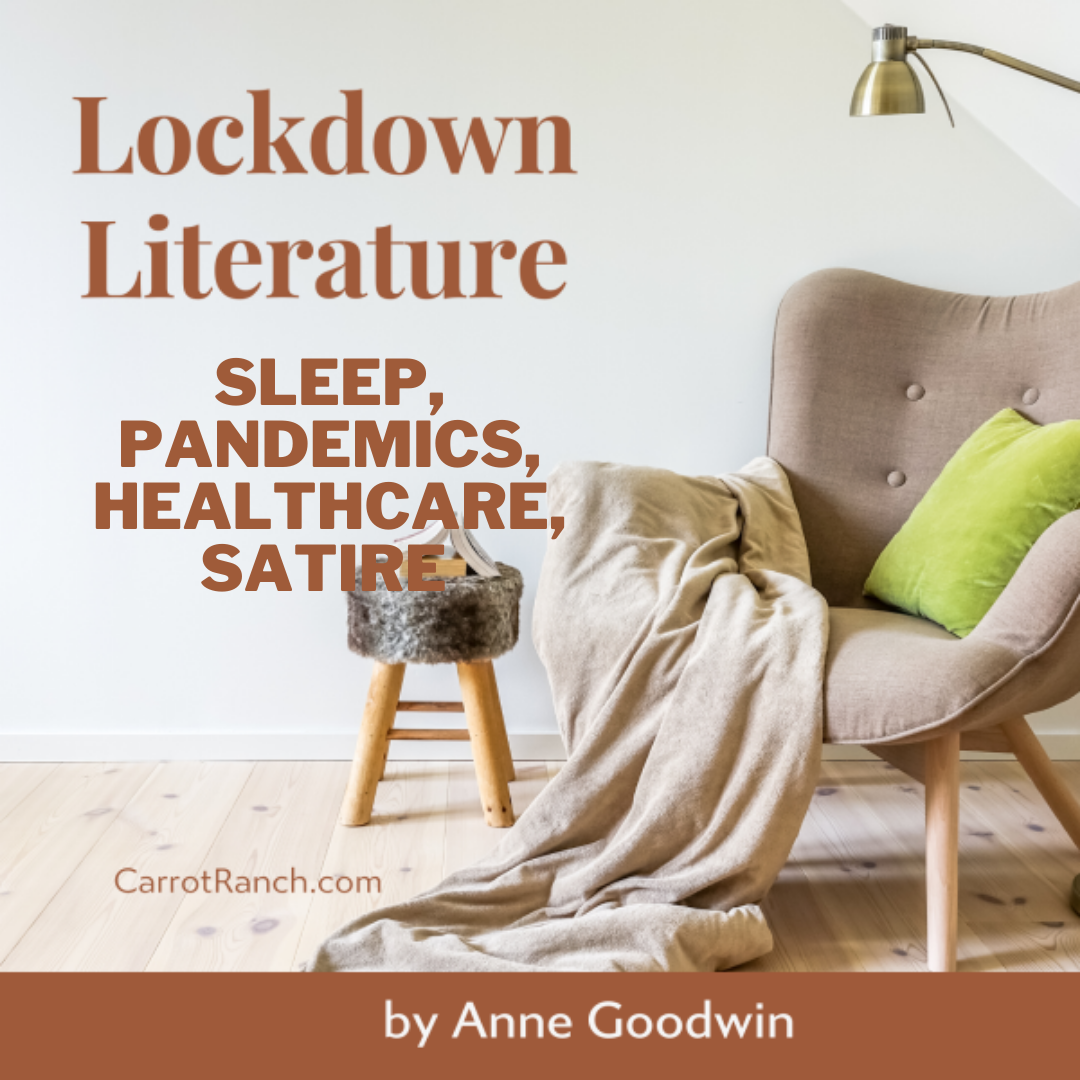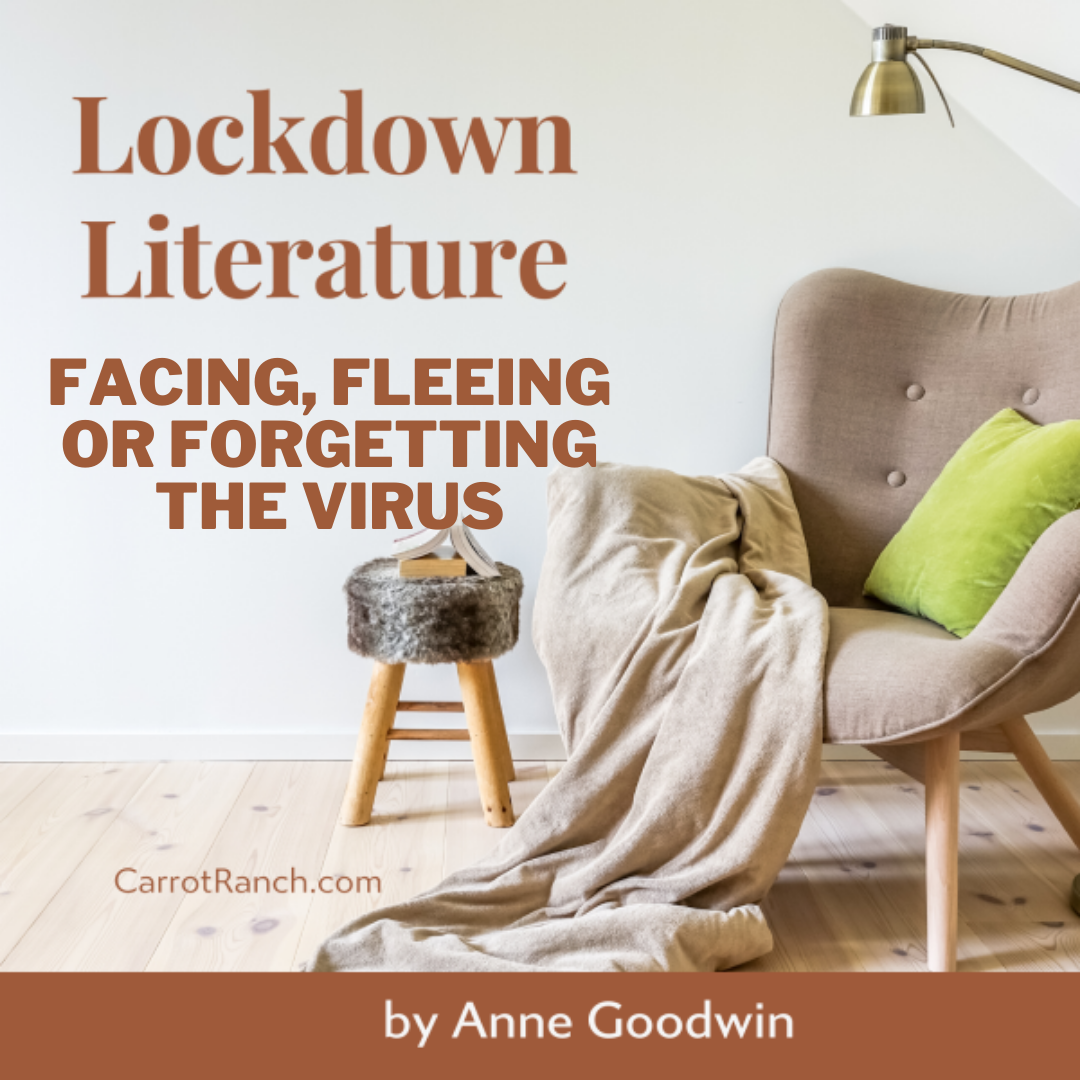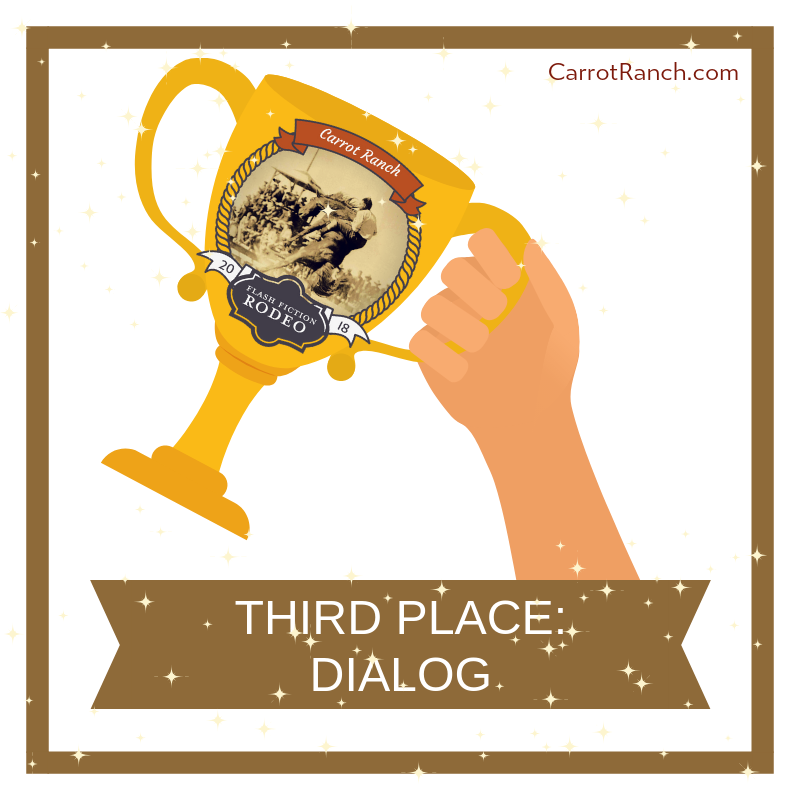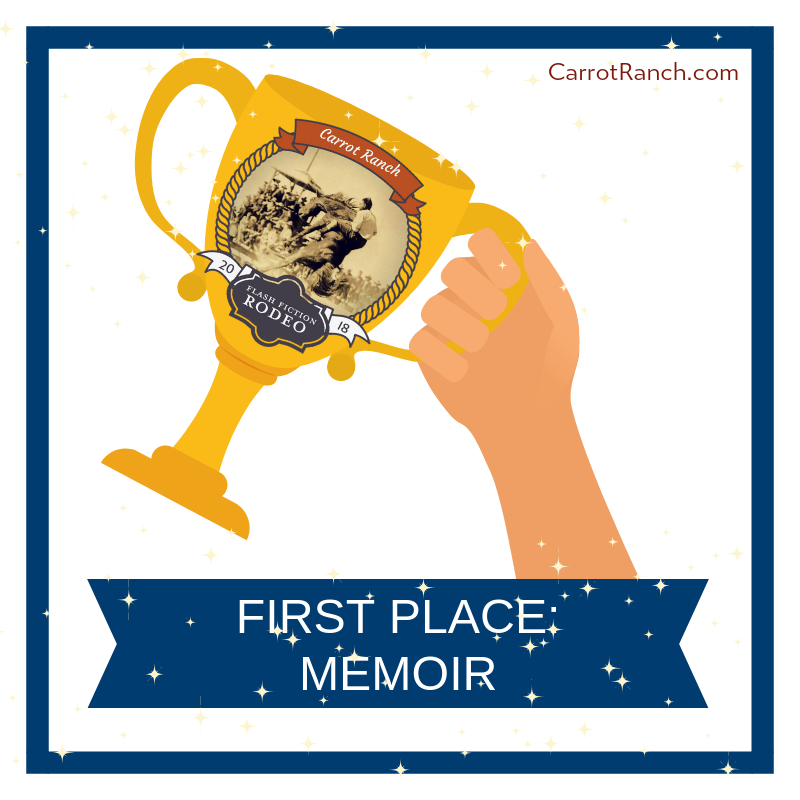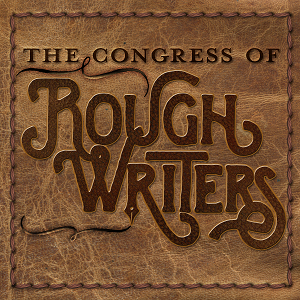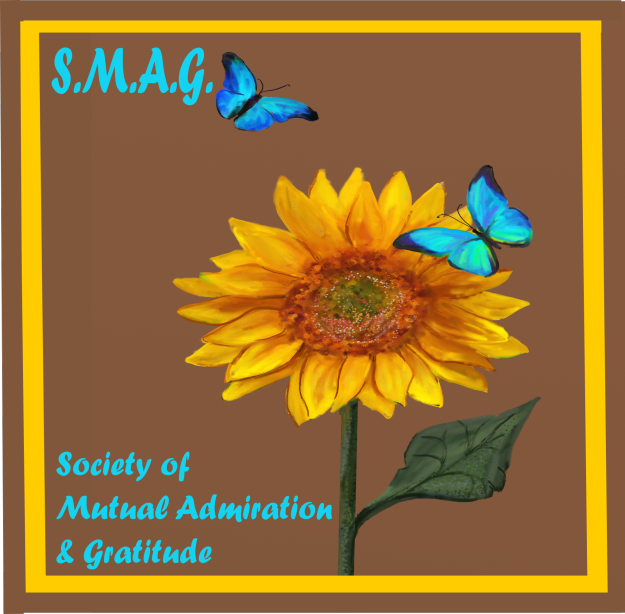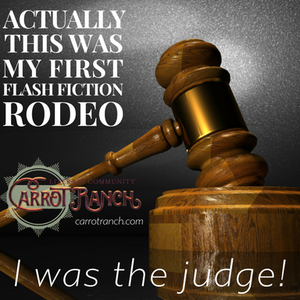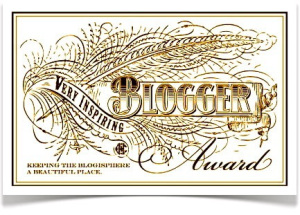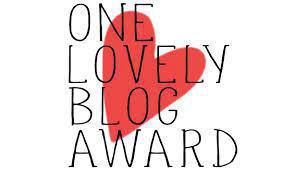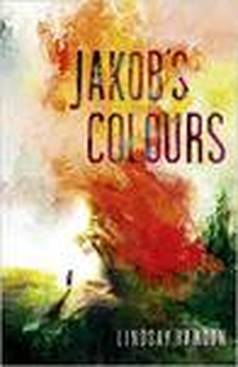
The sun drops lower, sinks like hot metal spoon over the horizon, streaks of vermillion cutting across the skies. And then, and only then, as the first stars began to shine do the thousands upon thousands of crocuses begin to open their petals and bloom. By morning the desert floor is carpeted in a sea of blue, mallow in the shadows, violet in the light.
Yavy mixes paints to sell to the artists at the market. Years later, he tells his son, Jakob, to identify the colours as he runs through the alien landscape to distract him from his fear. Later still, Yavy’s wife, Lor, tells seven-year-old Jakob and his younger brother and sister a story about a family riding on horseback, outwitting the evil Ushalin with their cunning and speed. On the way, they fill their seven vessels with the seven colours of the rainbow, their vibrancy finally defeating the Walls of Monochrome. It might seem like a fairy story, but the stakes couldn’t be higher: the Nazi Office of Racial Hygiene considers them vermin and wants them dead.
Yavy is one such boy, so headstrong he’s taken from the orphanage to be subjected to disturbing psychiatric treatments in an Austrian asylum. And yet his strength of character wins through and he progresses from inmate to lowly odd job man, invisible to the higher status doctors and nurses. But it’s this invisibility that enables him to rescue Lor, a middle-class English teenager, treated by torturous insulin coma and told she’s mad because she sees visions of her mother (coincidently, or perhaps not, also a painter) after her death. So the two escape for a few years of family happiness until the civil rights of gypsies are gradually eroded and the “clean-up” begins. (Of course, had Lor not thrown in her lot with a gypsy boy, she’d still have been a victim of the Nazis; psychiatric patients, along with homosexuals, being another minority group sometimes overlooked in Holocaust memorials.)
In its faithfulness to the history, this can’t not be a tragic tale, but Lindsay Hawdon adds notes of colour both in some beautifully descriptive writing and in the bonds of love between the family members and the courageous acts of kindness they experience along the way. Yet, in its structure, travelling back and forth in time, weaving between Jakob’s present and his parents’ pasts, it lost momentum for me at times and I didn’t enjoy it quite as much as I’d hoped. Nevertheless, Jakob’s Colours is a brave, important and bighearted debut novel Thanks to Hodder and Stoughton for my proof copy.
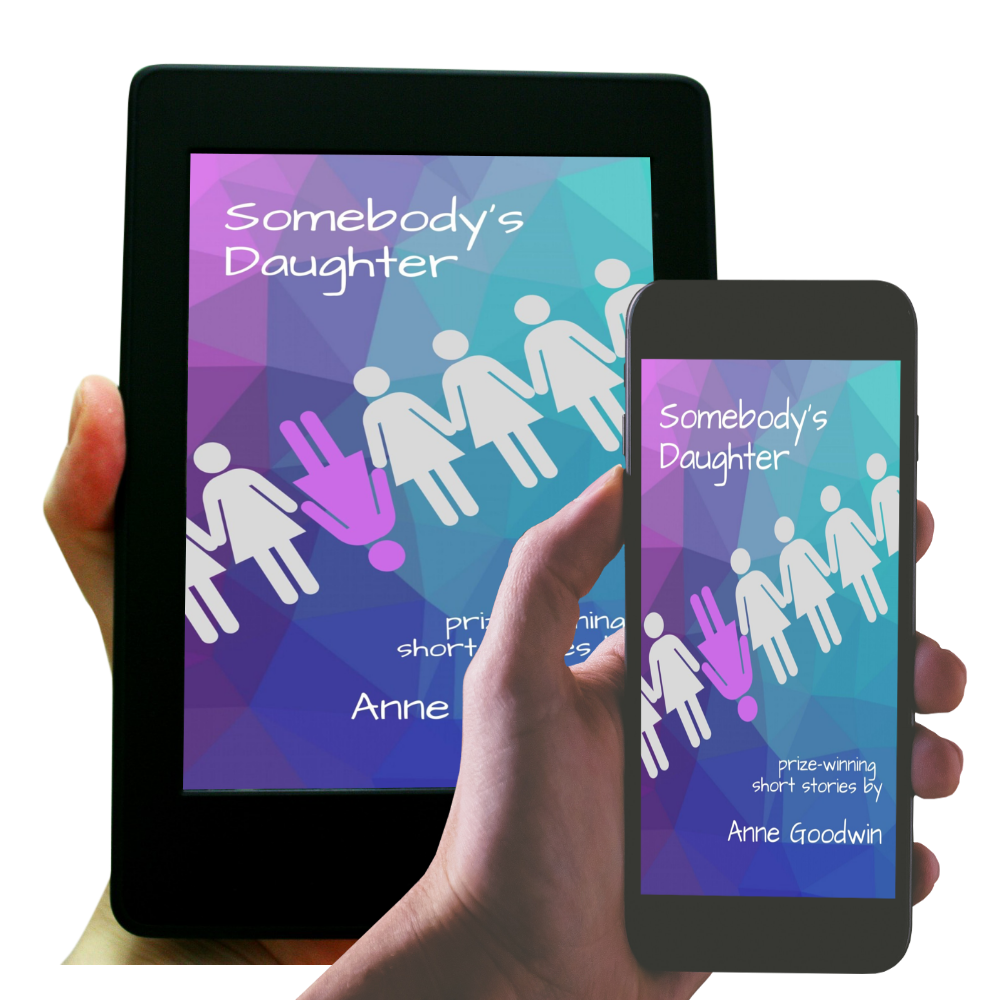
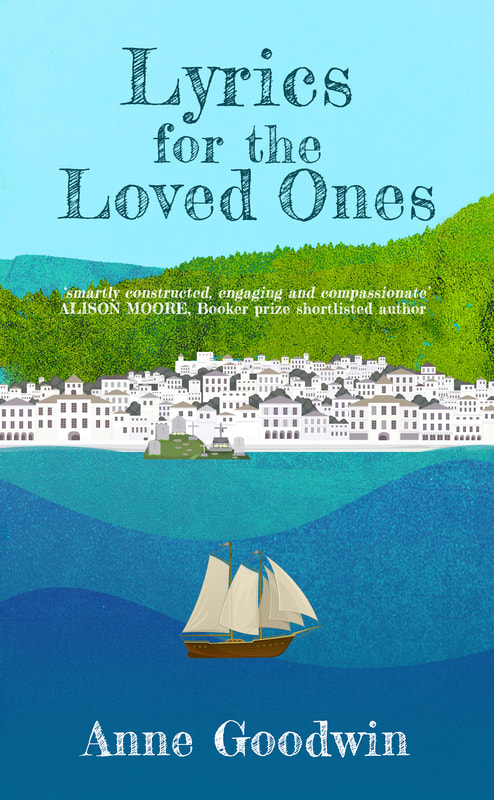
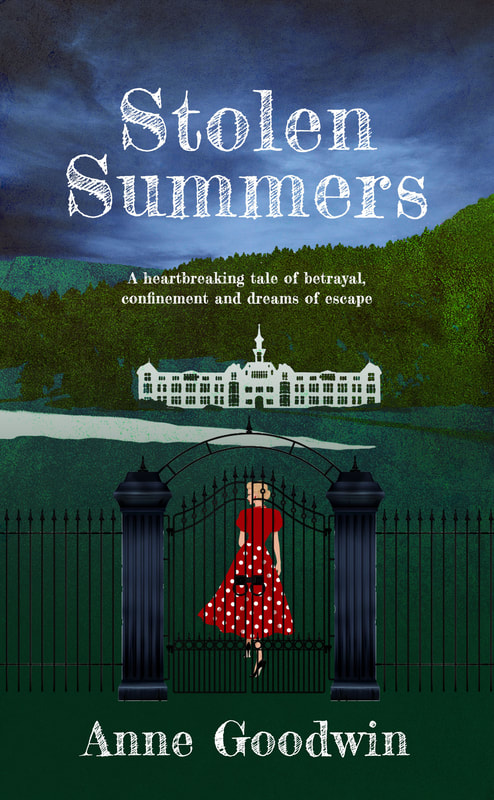


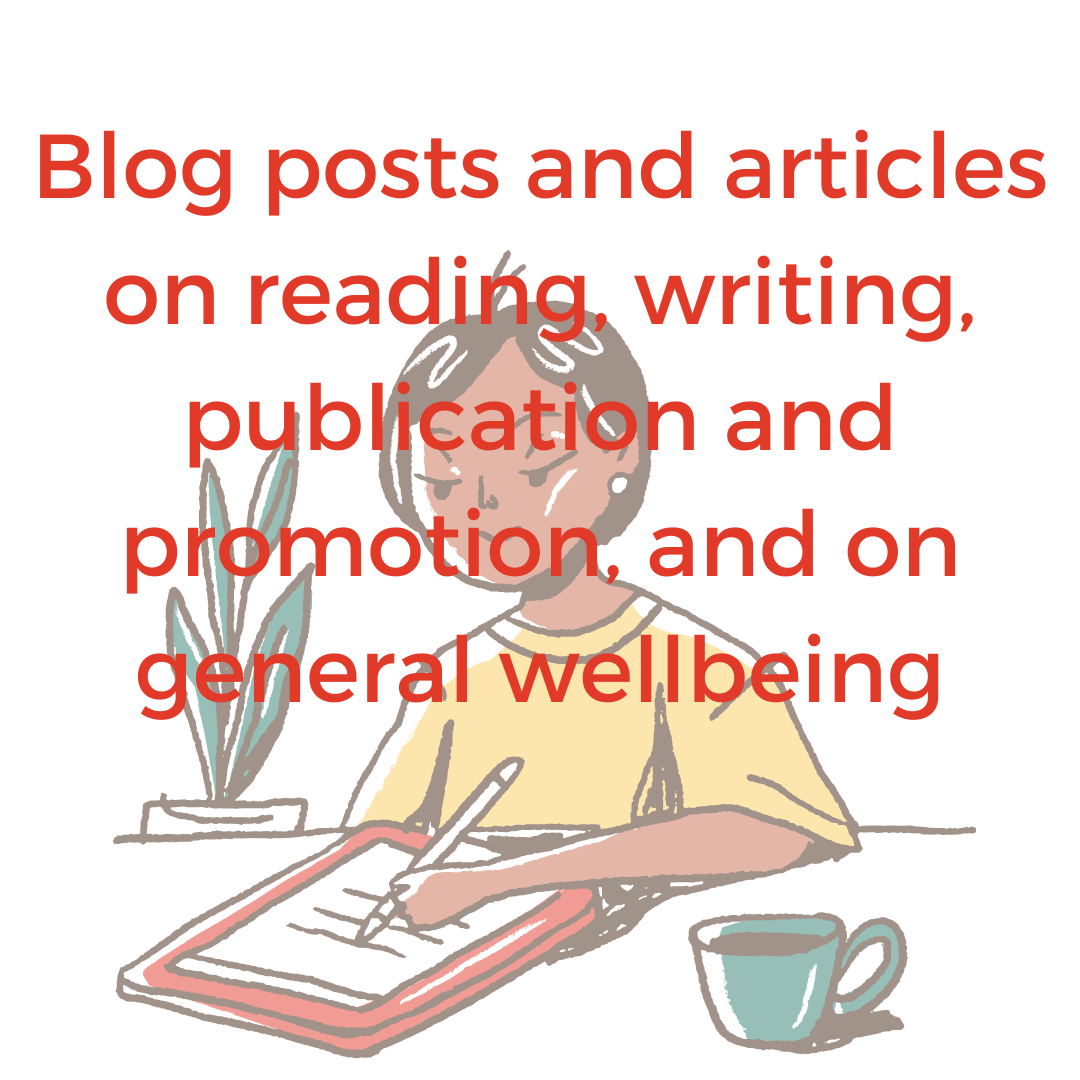
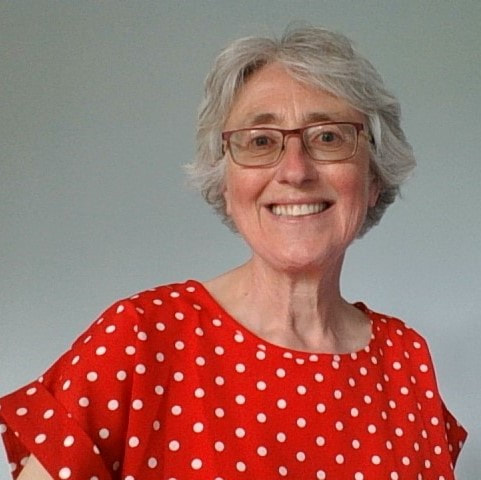
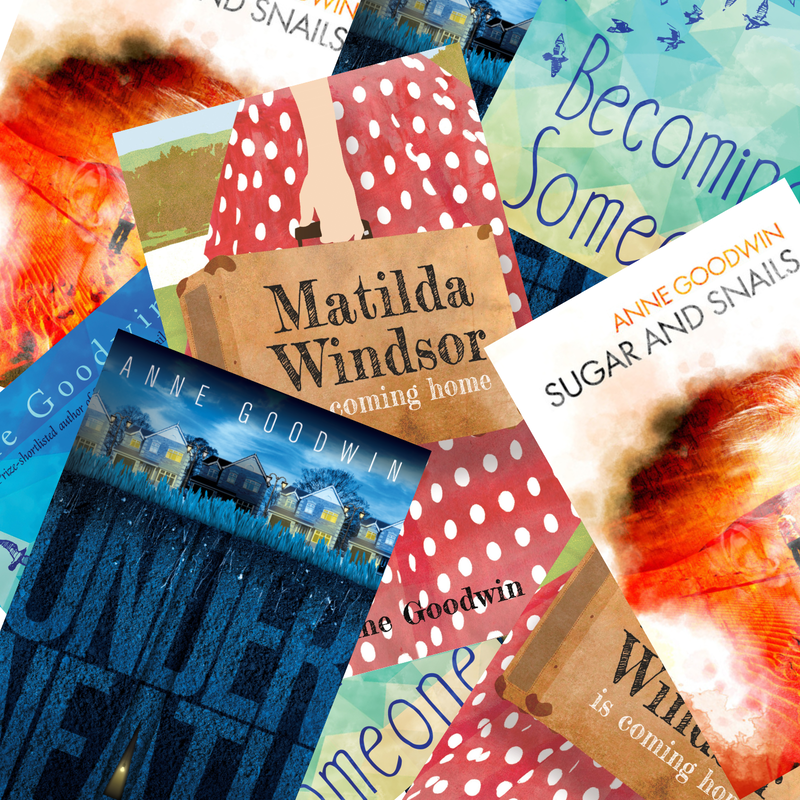
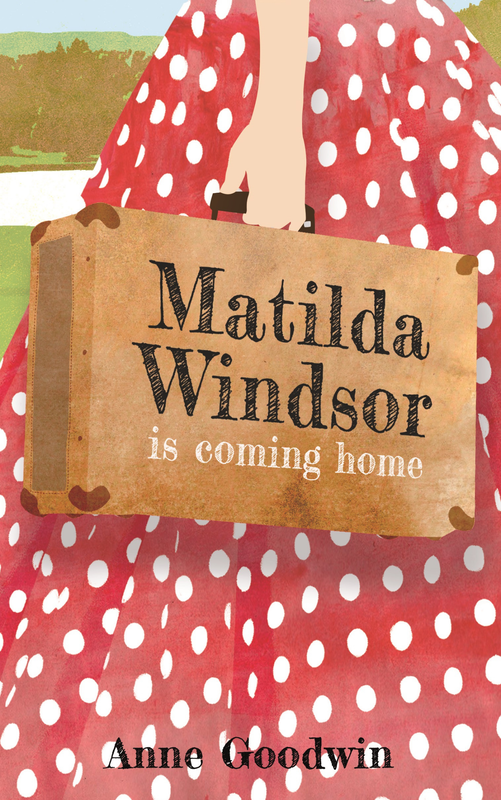
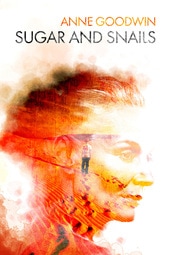

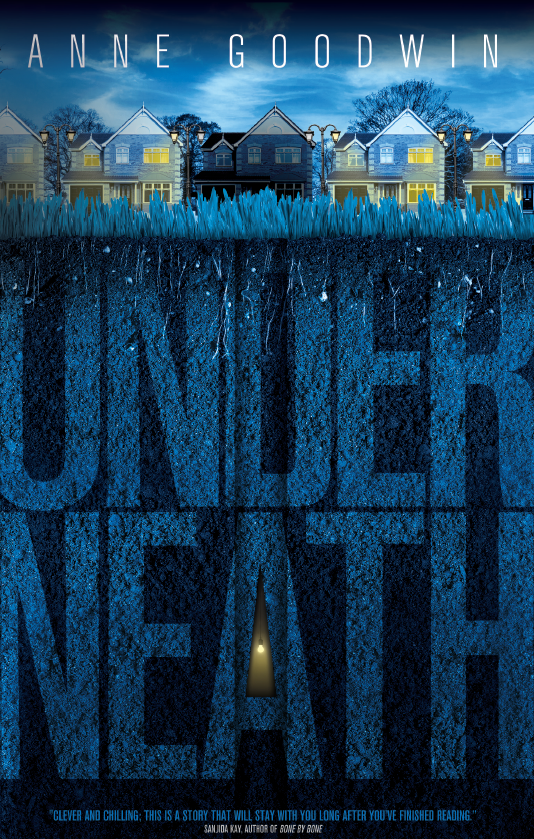
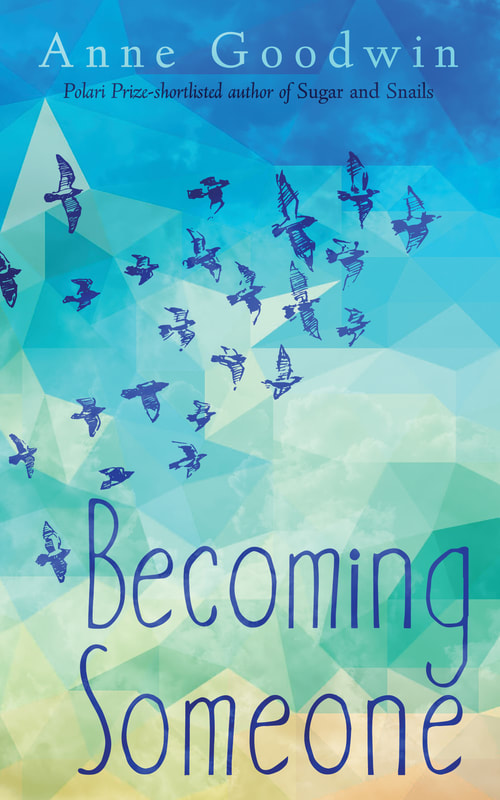






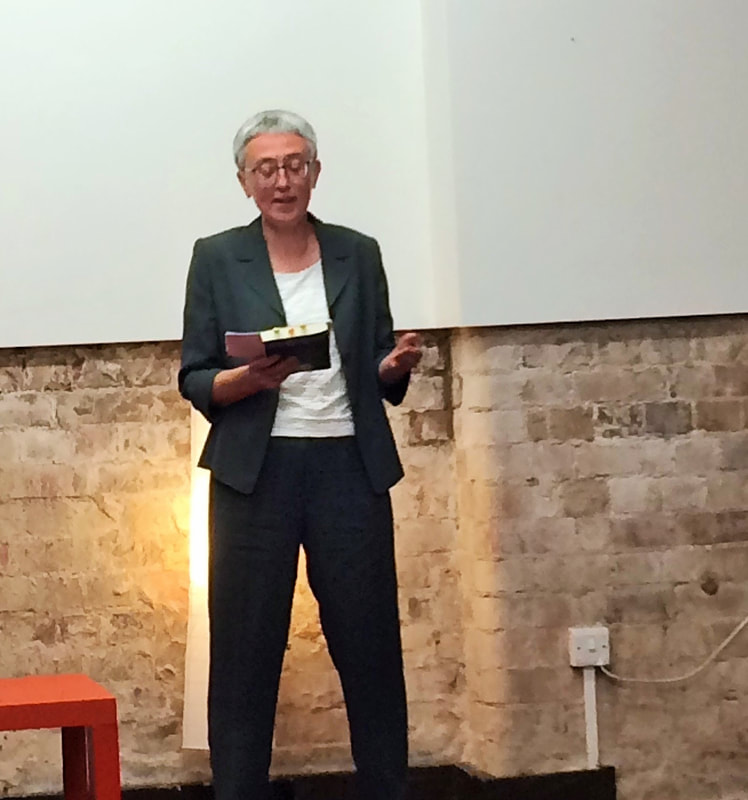
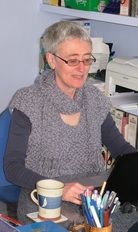
 RSS Feed
RSS Feed

